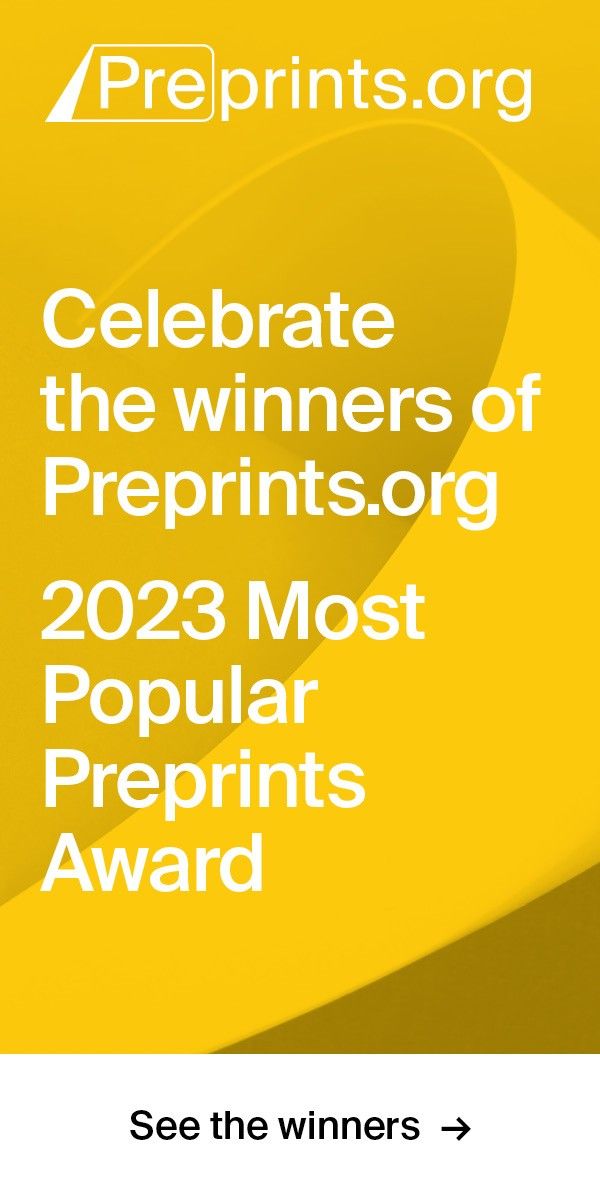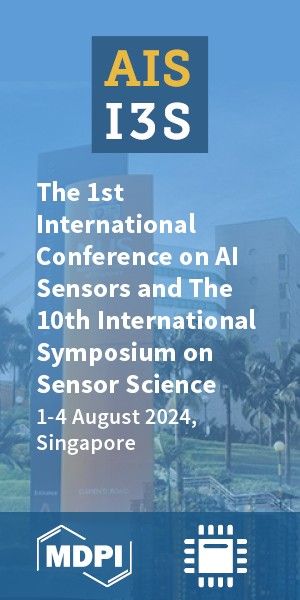Article
Version 1
Preserved in Portico This version is not peer-reviewed
Towards Connectionless Communication for Local Message Dissemination
Version 1
: Received: 26 October 2020 / Approved: 27 October 2020 / Online: 27 October 2020 (09:02:10 CET)
How to cite: Mao, Y. Towards Connectionless Communication for Local Message Dissemination. Preprints 2020, 2020100541. https://doi.org/10.20944/preprints202010.0541.v1 Mao, Y. Towards Connectionless Communication for Local Message Dissemination. Preprints 2020, 2020100541. https://doi.org/10.20944/preprints202010.0541.v1
Abstract
With the prevalence of smartphones, the scope of mobile applications has been significantly broadened in the past few years including almost every aspect of our daily life. Among the applications, message dissemination services play a significant role. Traditionally, users send messages to the servers, which forward them according to friend lists. This client-server architecture is efficient with the support of infrastructures, however, it restricts the application scope and may hinder the wide deployment of location-based mobile applications. This paper proposes a novel communication model called passive broadcast for local message dissemination. In this new model, each node does not maintain a connection state and data delivery is initialized by a receiver via a ’scan’ operation. The representative carriers of passive broadcast include Bluetooth and WiFi-Direct, both of which define a mandatory ‘peer discovery’ function. Passive broadcast features negligible cost for establishing and maintaining direct links and is extremely suitable for short message dissemination in proximity. Furthermore, we study the operation management in the proposed communication model with complete protocols and in-depth analysis for optimization. We prototyped our solution on commercial phones and evaluated it with extensive experiments and simulation.
Keywords
Mobile Ad-hoc networks; passive broadcast; message dissemination
Subject
Computer Science and Mathematics, Computer Networks and Communications
Copyright: This is an open access article distributed under the Creative Commons Attribution License which permits unrestricted use, distribution, and reproduction in any medium, provided the original work is properly cited.
Comments (0)
We encourage comments and feedback from a broad range of readers. See criteria for comments and our Diversity statement.
Leave a public commentSend a private comment to the author(s)
* All users must log in before leaving a comment







